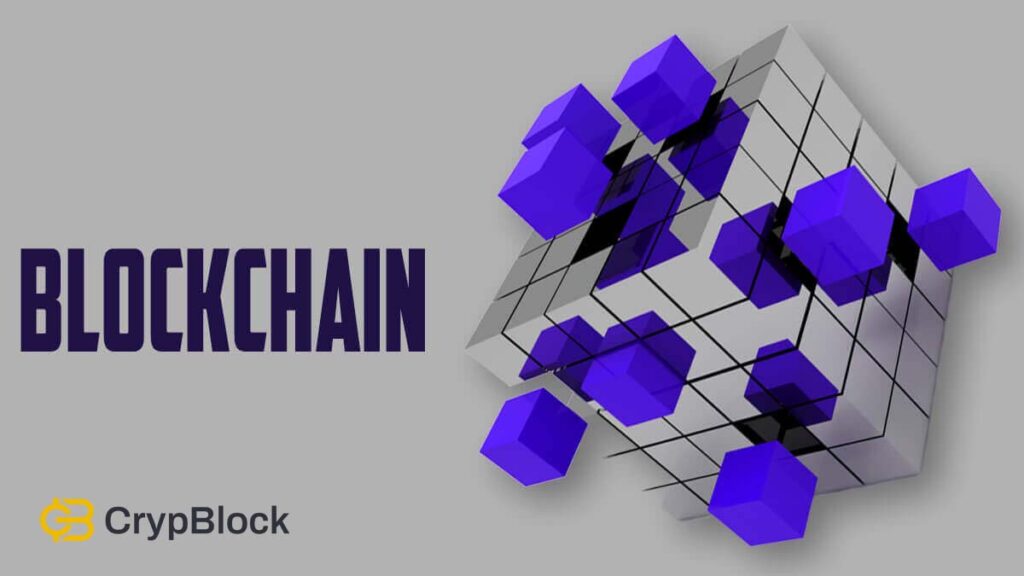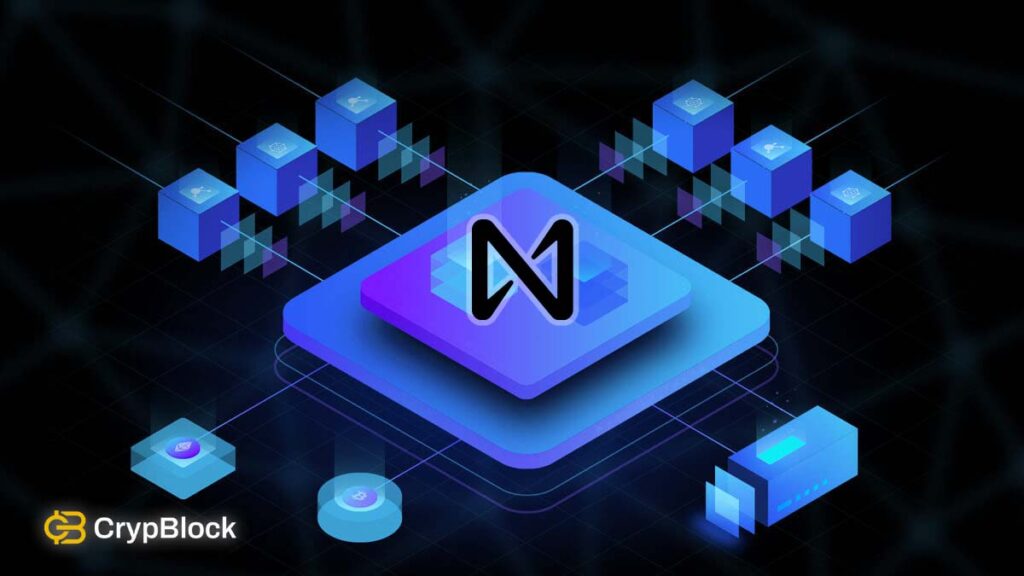Introduction
For decades, human civilization has been executing financial transactions through banking. The record of all monetary activities is maintained in large books, which are called ledgers. Every transaction contains details about the amount, depositor, receiver, time and date, etc. But each of these entries is private, and only the account holder, or the bank itself can view it. In legal matters, the government and courts have the authority to see the records. Then came the blockchain technology in the first decade of the 21st century, and revolutionized economy once and for all.

Blockchain – What is It?
Blockchain tech is vital in modern times as it has decentralized economic affairs. Blockchain and cryptocurrency came to fore as a solution to many problems in the traditional banking system. For example, any bad actor can tamper with your banking record. You always need a third party to verify your transactions. Being private, the record is not transparent. In 2008, Bitcoin ($BTC) issuer Satoshi Nakamoto published his iconic paper titled “Bitcoin: A Peer-to-Peer Electronic Cash System.” He clarified how Bitcoin blockchain will free economy from third party verification system and yet it will be better and more secure than the current system.

What is a Block?
On a blockchain, a block is a unit of data that holds all essential information of a transaction. You can understand a block as a page on the digital ledger. The block also contains a link to the previous block. This link solves the problem of double spending. Moreover, this link makes the blockchain resistant to tampering because changing one block needs changing every previous and later block. Public nature of the blockchain makes it transparent as any node can view any block.
A blockchain eliminates the need of any third party owing to the network’s inherent consensus mechanism and cryptography. More than one node verifies a transaction before it is added to the ledger. When a block is added, no one can change the data without altering every block that follows.
Is Blockchain safe?
The above-mentioned verification system makes the network secure and resistant to fraud. Trust shifts from a central authority to the collective agreement of the network. Users can exchange value directly without banks or intermediaries. The result is a system that is open, transparent, and hard to corrupt.
Blockchain explorer helps us view the ledger. We can view the details of transactions and see who sent how much to whom and when. We can also see the fees incurred by the transaction.
Types of Blockchain
We can classify blockchains into four different types. The classification is based on the openness to access and readability.
Public Blockchain
Bitcoin and Ethereum are prime examples of open blockchains. Anyone can access the data in blocks and see the transaction details. But these blockchains can be slow due to open participation.
Private Blockchain
Organizations and businesses use these blockchains for restricted access. Reading, writing and validation transaction on the Blockchain is authorized by a controlling entity.
Consortium Blockchain
A group of organizations or companies share access to these blockchains. These are semi open and semi-private. Unlike private blockchains, the control is not with one entity but shared by the major stakeholders of all the entities involved.
Hybrid Blockchain
It can be understood as a variant of consortium or a public blockchain. The controlling authority or authorities decide to make some data public for viewing only, but the control of validation and addition of new blocks stays with the controller/s.
Blockchain and Smart Contracts
The developer encodes the blockchain with smart contract. Smart contracts are programs that govern the creation of blocks on the digital ledger. We can also say that the creator makes adjustments in a blockchain for smart contracts.
Blockchain vs Hashgraph
Hashgraph is also a digital ledger tech, but it is less decentralized than blockchains. Where blockchain uses consensus through Proof of Work or Proof of Stake, Hashgraph uses gossip about gossip method. In this process, one node shares the information of a transaction with other nodes, and the other nodes with many others. $HBAR is the native coin of Hedera Hashgraph. So blockchain and cryptocurrency are as closely related as hashgraph and cryptocurrency.

Near Blockchain as A Sample
Near Blockchain is a great example of blockchain on which different decentralized applications can be built. Users can view and track transactions and activities on this blockchain by using Near Blockchain Explorer. It can also host AI-powered apps, making connections between blockchain and AI stronger.
Bottom Line
Blockchain technology is no longer just about cryptocurrency. It is now used in supply chains, banking, and many other fields. The blockchain stock price of different companies shows how strongly technology is linked with business and finance. It has become part of real markets, not just theory. Finally, blockchain is being incorporated into areas like real estate as well. Blockchain and real estate are partnering to manage property records, streamline contracts, and reduce fraud.
This is an educational article. It is not a financial advice about any cryptocurrency or blockchain technology. The images and content is CryptoBlock’s property and should not be used without permission.
Umair Younas is a veteran crypto journalist with 6 years of experience. He writes on various categories including Bitcoin ($BTC), blockchain, Web3 and the broader decentralized finance (DeFi) space. He pens well-researched price analysis and prediction articles in addition to credible news articles. He writes easy-to-grasp educational articles to fulfil his aim of creating blockchain awareness.












One thought on “Blockchain Technology Simplest Explanation”